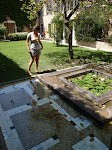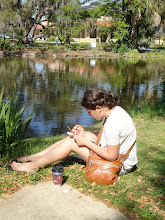Weathered spaces provide knowledge of the history of the space; an integrity becomes apparent. All materials are impressionable; materials involved in the space preserve their own experiences of phenomena that have occurred over time through this ability. These phenomena are of the environmental elements and humans; all inscriptions in materials create weathering. It is the discovery of prior inhabitants and occurrences in the space that create intrigue and desire for interaction.
Impressionability becomes evident by direct human interaction of repetition and degree of impact over time. Surfaces contribute to the experience and intention of the space, defining it through particular orientations layered with particular materials. The responsive nature of the materials enables activities to be traced. It is this quality of direct response to its environment that creates a space that is alive and trodden; inviting curiosity and interactive play. To capture and exaggerate traces, surfaces anticipate how people move and force a sometimes improbable physical interaction.
Human wear is determined and controlled by the texture, patterning, rhythm and adaptations of materials through time. All wear are factors of orientation, porosity of material, degree of impact, and overall climatic location which are critical in causing particular kinds of weathering. Different levels of porosity, therefore, determine the preserving of more or less evidence on a material, while different degrees of repetitive impact determine more or less physical depressions.




No comments:
Post a Comment